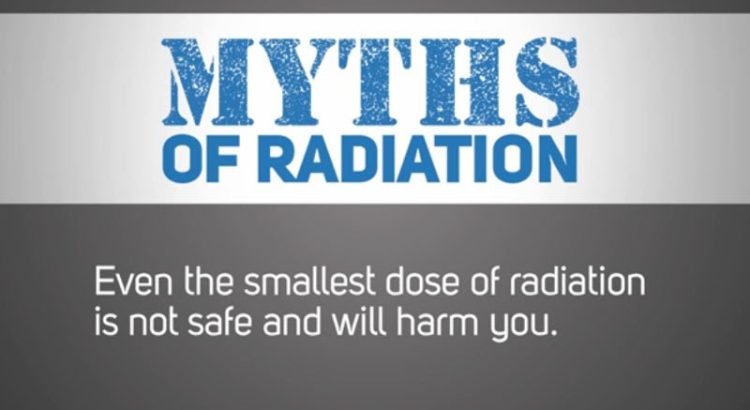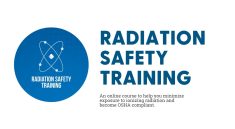ABGX – Radiation myths often spread faster than facts. What you should really know is that not all radiation is dangerous. Many people confuse ionizing and non-ionizing types. As a result, fear builds around harmless sources like Wi-Fi, microwave ovens, and cell phones. While caution is wise, panic usually isn’t. So, let’s separate scientific truth from popular fiction.
Not All Radiation Is Harmful
People hear the word “radiation” and instantly think of nuclear disasters. However, radiation exists all around us. For example, sunlight emits radiation every day. That doesn’t make it deadly. Non-ionizing radiation, which includes radio waves, infrared, and visible light, lacks the energy to damage DNA. On the other hand, ionizing types like X-rays or gamma rays require safety limits. But again, exposure level matters more than presence alone.
“Read More: BLACKPINK’s Rose Obsessed with Love in Messy, F1 Film Soundtrack”
Cell Phones and Brain Cancer
One of the most common fears involves cell phones. Some believe long use causes brain cancer. However, major health studies—including those by the WHO—have found no solid evidence of this. Moreover, cell phones emit low-level, non-ionizing radiation. It doesn’t penetrate deeply or damage tissue in the same way as ionizing types. While more research continues, current data shows no proven threat with normal use.
Microwaves and Food Safety
Microwave ovens are another misunderstood device. Many believe microwaved food becomes radioactive. That’s false. Microwaves heat food by vibrating water molecules, not by altering atomic structure. As a result, there’s no radioactive residue. Also, the radiation stops the moment the door opens. The technology is designed to keep emissions contained. Therefore, using it safely poses no health risk.
“Read About: Radiation Protocols Evolve with Medical Tech Advancements”
Radiation in Medical Use
Some forms of radiation are vital in modern medicine. X-rays, for instance, help diagnose broken bones. CT scans reveal internal issues. Radiation therapy even treats cancer. Though these tools use ionizing radiation, they’re applied in controlled doses. Medical staff follow strict protocols. Moreover, the benefits of diagnosis or treatment outweigh the small exposure. Without radiation, many procedures simply wouldn’t exist.
Airport Scanners and Body Exposure
Full-body scanners at airports also raise concern. People worry about regular exposure during travel. However, the radiation levels used are extremely low. In fact, walking in sunlight for a few minutes gives you more exposure. Additionally, scanners are tested and regulated. As a result, daily passengers face no real danger. Public safety is built into their design.
Natural Background Radiation
Believe it or not, Earth naturally emits radiation. Rocks, soil, and even bananas contain trace amounts. This background radiation surrounds us constantly. For example, people living at higher altitudes receive slightly more cosmic radiation. But humans have adapted. The doses are so low they rarely cause harm. Understanding this helps reduce fear of artificial sources.
Wi-Fi and 5G Panic
With every new technology comes new paranoia. Wi-Fi, Bluetooth, and now 5G networks have all faced suspicion. However, multiple international agencies—including the FCC and WHO—classify these signals as safe. They operate far below harmful energy thresholds. Moreover, no scientific link connects them to illness. Still, misinformation circulates fast online, feeding unnecessary fear.
Energy vs. Exposure Time
What really matters is not just the type of radiation—but how long and how much you’re exposed. A quick X-ray isn’t the same as prolonged, high-dose exposure. Likewise, a microwave oven in the kitchen doesn’t pose a threat unless misused. Risk comes from intensity and duration, not simply existence.
Pop Culture vs. Reality
Movies and TV shows often dramatize radiation effects. Glowing green ooze and instant mutation look exciting on screen. But real science is far less dramatic. Radiation works in complex, measurable ways. It doesn’t make people superhuman—or instantly sick. Misleading stories may entertain, but they often cause confusion.



